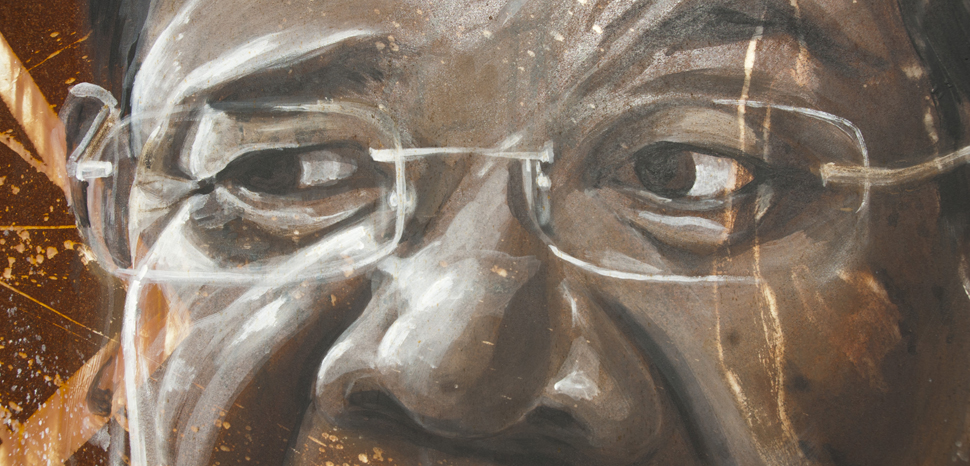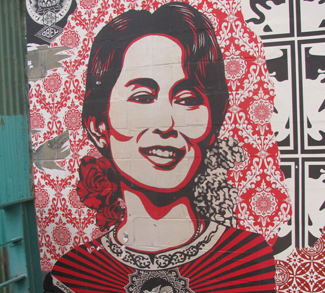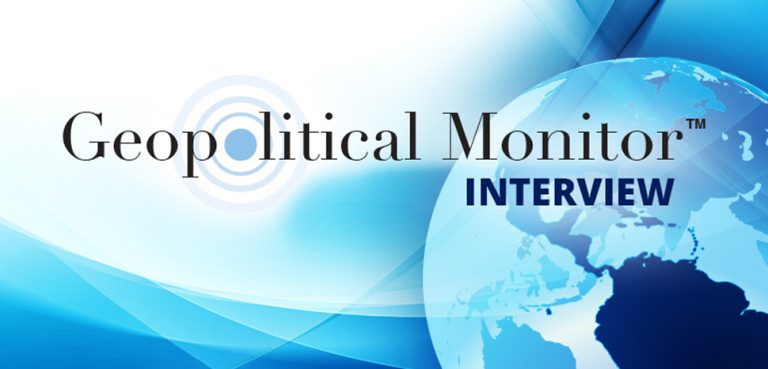The global impact of the People’s Republic of China (PRC) is burgeoning due to its increased military footprint in the South China Sea, its rise as a global economic power, and its enhanced diplomatic profile. Despite this, little attention has been paid to its new role as a major funder of international development, and how the country uses loans and aid to create funding-dependent allies.
While some see the PRC’s rise as nothing more than a testing of the status quo, not all nations seem to agree. The PRC’s undertaking of major development projects throughout parts of Africa, Asia, and South America has given the developing world a different perspective: that the PRC is a new leader of global development, one that offers alternatives to the steep requirements prescribed by the (traditionally Western) international development community.
Development funding from Western institutions, including the United States’ Agency for International Development (USAID), the International Monetary Fund (IMF), the United Nations (UN), and the World Bank, often requires difficult structural changes to, or policy changes by, a developing nation’s government. Such changes can include introducing more democratic methods of governance, reducing human rights violations, working toward free trade, or instituting new economic policies. However, not every nation is interested in changing the way they do things.
In some places, this resistance is a matter of culture and national pride while for others, it is an essential method of keeping the current regime in place. The PRC’s method of foreign investment seems to recognize this. Chinese loans often come with few to no regulations at all, a fact which is attractive to the leaders of some developing countries who desire to maintain power. However, there are still strings attached to the PRC’s development model, strings which are certainly visible to the citizens of Hong Kong and the Kingdom of Cambodia.
The PRC’s aid to other nations has historically been used as a clever mask for gaining economic control over foreign territories. Half a century ago, they turned the provision of cheap fresh water to Hong Kong into leverage for ensuring Hong Kong’s future compliance. In 1960, Hong Kong and the PRC signed an agreement allowing the PRC to import cheap water into the city-state. Geographically, Hong Kong simply does not possess the natural resources needed to sustain its 7.3 million inhabitants. Instead, relying heavily on imports to subsidize their national production and provision of public goods—imports that mostly come from the PRC. With so much water readily available, the Hong Kong government stopped building the local infrastructure needed to make the city self-sufficient.
As the population grew, Hong Kong’s dependency increased; they now receive more than 70% of their total water supply from the mainland. The acquiring of other necessary goods followed suit, until Hong Kong depended on the PRC for around 50% of its electricity and for more than 90% of its fresh beef, pork, and vegetables. Not only has this greatly inhibited the development of sustainable resources and infrastructure in Hong Kong, but it has also placed the city-state in a precarious political position. If the PRC were to cut off trade with Hong Kong, the consequences could be devastating.
The Kingdom of Cambodia is on a similar path to dependency. The country is governed by Prime Minister Hun Sen, a former Khmer Rouge commander. Today, he still shows little interest in human rights or in allowing elections that could remove him from power. Furthermore, while Sen may recognize that Cambodia still needs better infrastructure and a higher gross national product (GNP), he also recognizes that the various reform requirements of European and American funding remain a threat to his regime. Thus, Cambodia has accepted billions of dollars in loans from China for projects such as enhancing or creating deep-water ports and building extensive railroads. The PRC is responsible for the building and maintenance of much of this new Cambodian infrastructure—infrastructure that doubles as shipping lanes for the PRC’s Belt and Road Initiative (BRI).
In addition to the interest from aid and development loans, the PRC is gaining remittances from new high-priced and Chinese-owned businesses. These businesses have also invested heavily in the Cambodian tourism industry, which attracts more than a million Chinese tourists every year. While these direct investments improve the GNP and quality of life for Cambodians for the time being, the question remains if they will continue to do so. There is little chance that Chinese money and nationals would remain in the country were the PRC to cease profiting from Cambodia’s development. Such an extraction would leave Cambodia without the elements of a sustainable economy, such as infrastructure they can no longer afford to maintain and a weakened tourism industry. This potential withdrawal of Chinese funds grants Beijing a great deal of leverage in any financial negotiations.
China’s massive international infrastructure program, the BRI, is also a debt trap for developing countries like Cambodia, forming a scenario reminiscent of the Latin American debt crisis in the early 1980s. If developing countries such as Cambodia were to lose the national income generated by Chinese involvement, they might soon find themselves with debts worth more than their national income. In Latin America, this inability to pay back massive debts resulted in defaulted loans—a stark possibility for nations involved in the BRI should the PRC choose to withdraw funding.
This dominance-via-development scheme seen in Hong Kong and Cambodia has implications for the world at large. The PRC’s BRI diffuses aid and investments throughout most of Asia and Africa, an act placing many developing nations at risk for mistaking economic development for financial, and political, dependence. Many developing nations only see the immediate benefits of engaging with the PRC and the BRI, particularly their lack of political requirements. While they ignore the fact that improvements in infrastructure and increases in GDP are tied squarely to the PRC’s ongoing presence and goodwill.
If sustainable development is to be the goal instead, the international community must provide attractive alternatives to the BRI. Developing nations have proved averse to traditional Western funding requirements. Therefore, global aid organizations such as the IMF, the World Bank, the UN, and USAID will need to reassess loan programs to ensure developing nations have funding options that are politically acceptable to non-democratic governments while still enhancing economic empowerment and access to basic human rights. Governments seeking development funds should also take action by aiming for more diversified and sustainable loan portfolios, ensuring that they are not economically dependent on any one nation.
The views expressed in this article are those of the author alone and do not necessarily reflect Geopoliticalmonitor.com or any institutions with which the author is associated.




